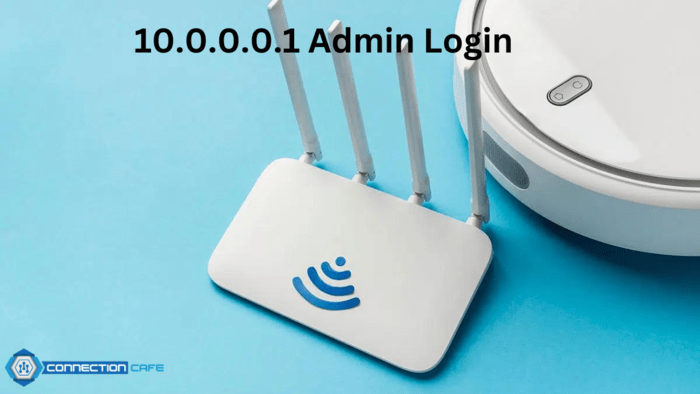The IP address 10.0.0.1 is unique because it can be used multiple times. It is part of a 24-bit block of private IP addresses that are intended for local area networks (LANs). Private IP addresses cannot be sent over the internet like public IP addresses. However, this doesn’t mean they are not valuable.
Private IP addresses like 10.0.0.1 help keep the internet running smoothly. There are about 4 billion IP addresses under the IPv4 communications protocol, a key part of the internet’s standard methods. The first regional Internet Registry exhausted its supply of freely available IPv4 addresses on April 15, 2011.
Since that time, network administrators and internet service providers have used techniques to remap one IP address space into another, and have used private IP addresses like 10.0.0.1 in place of public ones.
Over time, the IPv4 protocol will be completely replaced by its newer version, IPv6. However, this change will take a while. At present, only around 25 percent of internet traffic uses IPv6.
How to Access 10.0.0.1?
If you own a home router, you might be able to reach it through the 10.0.0.1 IP address:
Step 1
Launch the web browser you use most often and type in http://10.0.0.1 to go to the login page. If a security alert appears, use https://10.0.0.1 for logging in instead.
Please be careful! Make sure you are not trying to reach the http://10.0.0.0.1 login page, as it does not exist and will not work.
A login screen should then show up.
Step 2
Type in the standard admin username and password to continue.
If you’re unsure of the default admin username and password, move on to the next section of this article.
Step 3
Navigate through your router’s administration panel.
Once you’re on your router’s admin page (remember, the 10.0.0.0.1 admin page is not valid as it has an extra zero), you have the option to modify various settings. This includes changing the IP address used for the login page.
For instance, you have the option to modify your Xfinity or Comcast router login page address from 10.0.0.1 to something like 10.0.4.1 or 10.125.3.1. As long as you remain within the range of 10.0.0.0 to 10.255.255.255, you can select any IP address. Therefore, using addresses like 10.0.0.0.1 for Xfinity or Comcast is not feasible.
When adjusting any Wi-Fi settings, we suggest using NetSpot, a user-friendly Wi-Fi analyzer. It provides comprehensive information about your wireless network, helping you assess the impact of your changes.
Standard Router Login Credentials
Every router maker utilizes various default username and password pairs. Listing all potential combinations is impractical, so here are the top 10 most frequently encountered ones:
| Login | Password |
| admin | admin |
| admin | password |
| admin | [none] |
| [none] | admin |
| [none] | [none] |
| administrator | password |
| administrator | [none] |
| recovery | recovery |
| root | root |
| root | [none] |
What to Do If You Can’t Access 10.0.0.1?
Three common reasons why individuals experience difficulty connecting to 10.0.0.1 include:
- No direct access: Many routers allow access to the 10.0.0.1 IP address only when directly connected to a computer via an Ethernet cable for security reasons. While some routers offer the option to alter this setting, the majority do not. A reasonably lengthy Ethernet cable is inexpensive, and most desktop computers come with an Ethernet port. If you have only a laptop, you can buy a USB adapter for a few dollars from Amazon or your nearby electronics shop.
- Incorrect IP address entry: Even skilled network administrators occasionally input 10.0.0.0.1 instead of 10.0.0.1. Remember, IPv4 addresses consist of only four numbers, not five, six, or more. If you’ve altered your router’s IP address from 10.0.0.1 to another value and can’t recall it, it’s advisable to reset your router to its default settings. Look for a reset button typically located on the back of the router.
- Incorrect login credentials: Routers have passwords to prevent unauthorized access and protect your settings and security. Below are the most usual username/password pairs, but you can typically find the default login details on a sticker attached to your router.




